The new Ducati GP21: bold lines
The new Ducati GP21 immediately made people talk about themselves for its unusual lines: we hear the opinion of some friends who know about motorcycles.
The new Ducati GP21 immediately made people talk about themselves for its unusual lines: we hear the opinion of some friends who know about motorcycles.
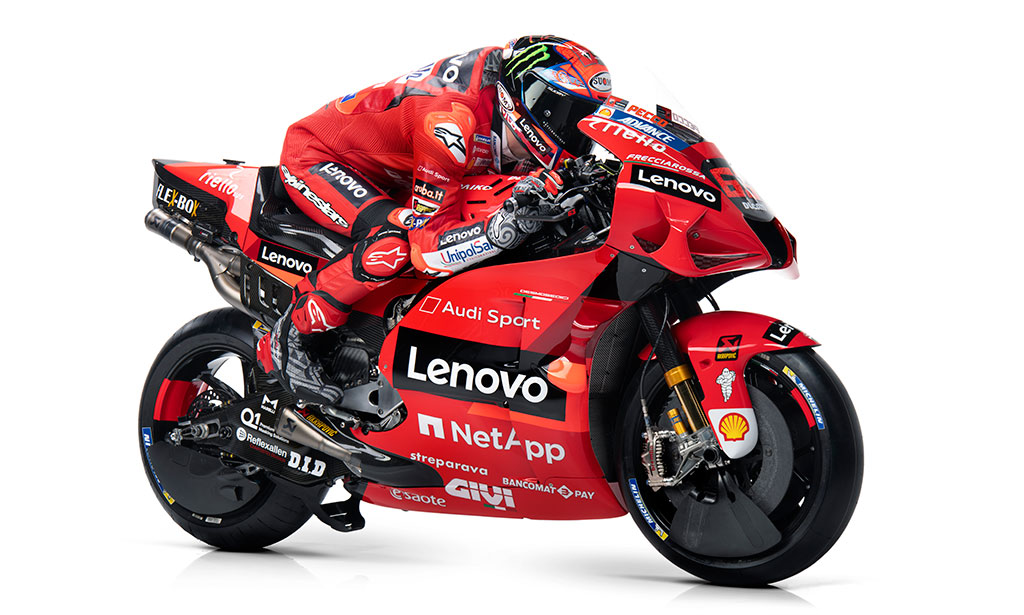
The new Ducati GP21 immediately made people talk about themselves for its unusual lines: we hear the opinion of some friends who know about motorcycles.
The new Ducati GP21, in aesthetic lines, continues, more than ever strengthening it, the tendency to break with the classic design that until now has outlined the forms of racing motorcycle architecture. The daughter of the development of the three previous versions, the bike that will face the next season of MotoGP presents itself with an even more extreme silhouette.
Here we are, with photos of the Ducati GP21 in front. We look at it from the right, from the left, from the back, from the front and even from three quarters: the impression is that you can find one can find one another at a turning point, at a breaking point about the shapes of racing bikes that over the years – more or less – had not abandoned a traditional aesthetic code, usually followed by all the manufacturers. The Ducati GP21 is different and detaches from the group even more decisively than the previous creatures of the engineer Dall’Igna had done before.
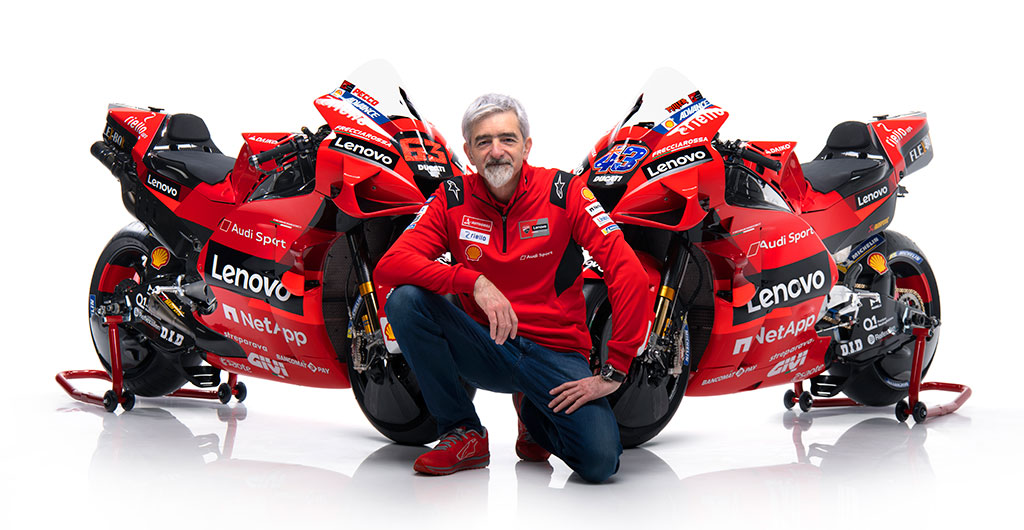
The fins first, the deflecting hull on the rear wheel then, just to name two, were solutions introduced by Ducati Corse and quickly adopted by other manufacturers as well. Ducati now, with the bikes of Luigi Dall’Igna and his group of designers, has come to the definition of an architecture never seen before: we are faced with a MotoGP that is absolutely difficult to confuse with a Superbike!
We are with a well-planted foot in the future and it is the future that we are going to talk about. The engines are turned off and allow us, as racing enthusiasts, to have a chat about this aspect, pulling into play interlocutors certainly not chosen at random for the contribution of competence that they are able to provide. The questions asked were two: we first asked for a comment on the lines of the new Ducati GP21 and then if it was conceivable its influence on the aesthetics of supersports road bikes that we could have under the butt in a few years.
Let’s see what came out of it and who are the characters who lent themselves to this light-toned discussion, almost from bars, far from the intent to arouse outcry or to affirm absolute truths.
The first is Marco Borciani,with a brilliant past rider a Ducati superbike rider, several times Italian Champion of the category, and then Team Manager of Byrne, Xaus and Biaggi, to name but three: “I was really impressed with the graphics, – marco tells us – but I never liked that box under the codon, but in races at that level it matters that the bike goes strong: a bike can be as you want, but if it is winning it becomes beautiful!” Borciani, who is now one of the promoters of the PerotCamp43 road and track courses, imagines the future: “For me, aesthetically, I would prefer the lines of a Panigale V4 as a bike to take home, beautiful, a masterpiece… but I would like to have the GP21 available to have fun on the track!”
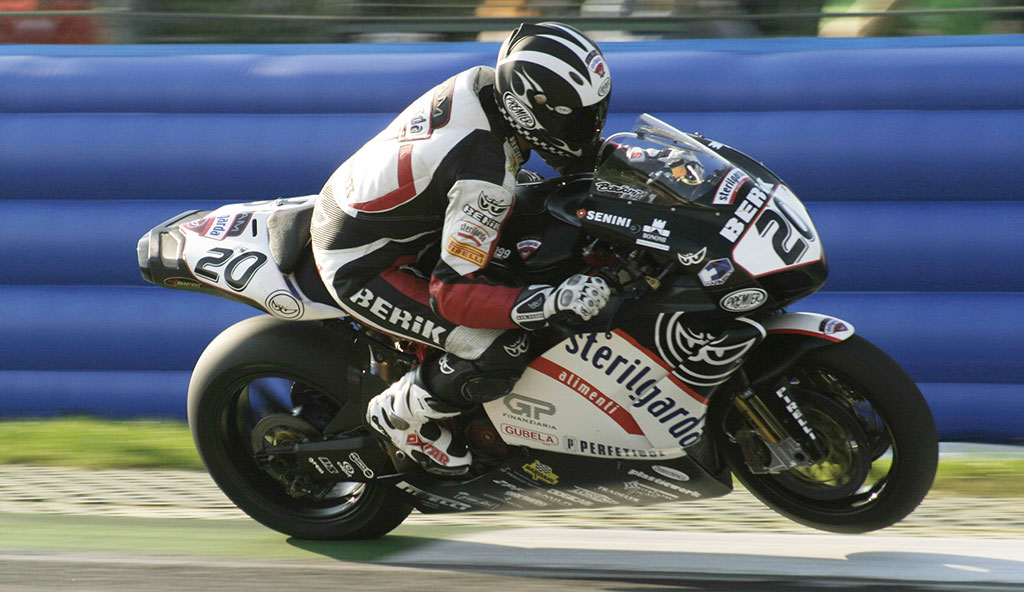
Mario Lega also clearly distinguishes what needs to go on the track from what needs to be used on the streets. The 1977 Class 250 World Champion recognizes the typicality of the GP21: “The fins in front of it make it look wide, more than ugly, but if the wind tunnel says they do their duty, the important thing is that they are effective. Moreover, I think that hyper-sports roads make no sense other than for those who buy them to go on the track; on the road you need to be protected, from the weather and insects.” Even for Mario, therefore, extreme lines are welcome but for a specialized use.
Stefano Caracchi,another former rider Team Manager, son of Rino Caracchi, who grew up on bread and NCR,tied with double wire with another great like Franco Farnè, has Borgo Panigale in his blood: “For aesthetics I saw better: Honda and Suzuki I like them better, – you don’t let Stefano pray and then, jokingly adds – obviously in MotoGP the priority is to make fast bikes, but I would try never to forget the aesthetics: beautiful and performing bikes are much better than ugly and slow ones!” But will we have motorcycles like the GP21 on the road in a few years? “Road bikes will apparently be similar to motorcycles. but not in an extreme way. A lot of technology, but with a less aggressive aesthetic. I also see it as difficult to replicate in series what develops in MotoGP, where the changes follow one another at an extremely rapid pace!”
After Stefano, another Italian Champion several times riding ducati, today and for years at the head of one of the most important teams on the WSBK line-up: Lucio Pedercini. For the former Mantua rider the judgment is positive: “The aesthetics are very appealing and I think it is possible to see some special road version like this in the future.” It can only, in this sense, return with memory to the Desmosedici RR…
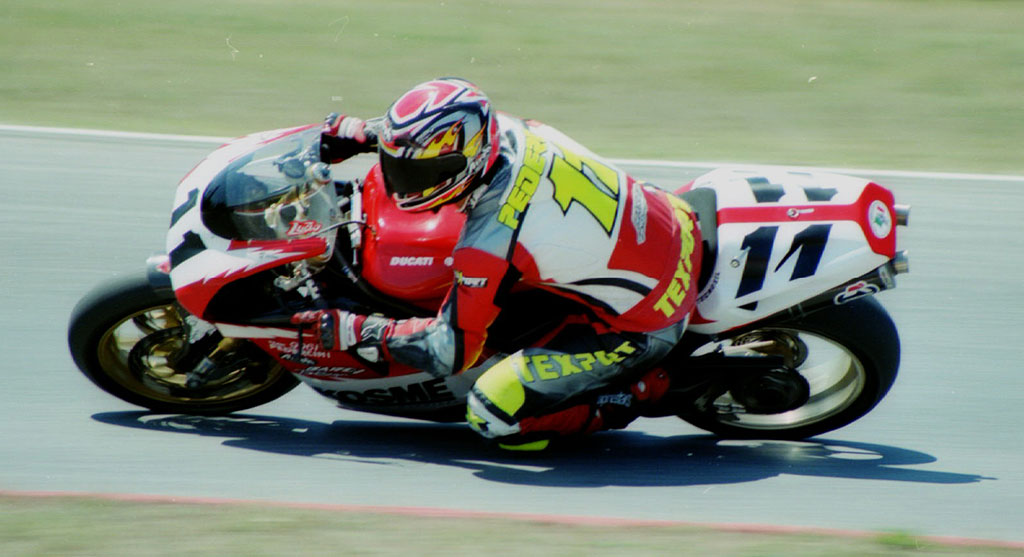
Another friend who lent himself without hesitation to our debate is the engineer Ernesto Marinelli. Today he is General and Technical Director at Termignoni, but he has long been the head of Ducati in Superbike: “The GP21 is definitely an extreme bike, but on the other hand the only really important thing is that it goes strong!” For the rest Marinelli aligns with most of the choir: “I don’t think such extreme shapes come in series production. Technologies and principles, yes, but with much more harmonious forms.”
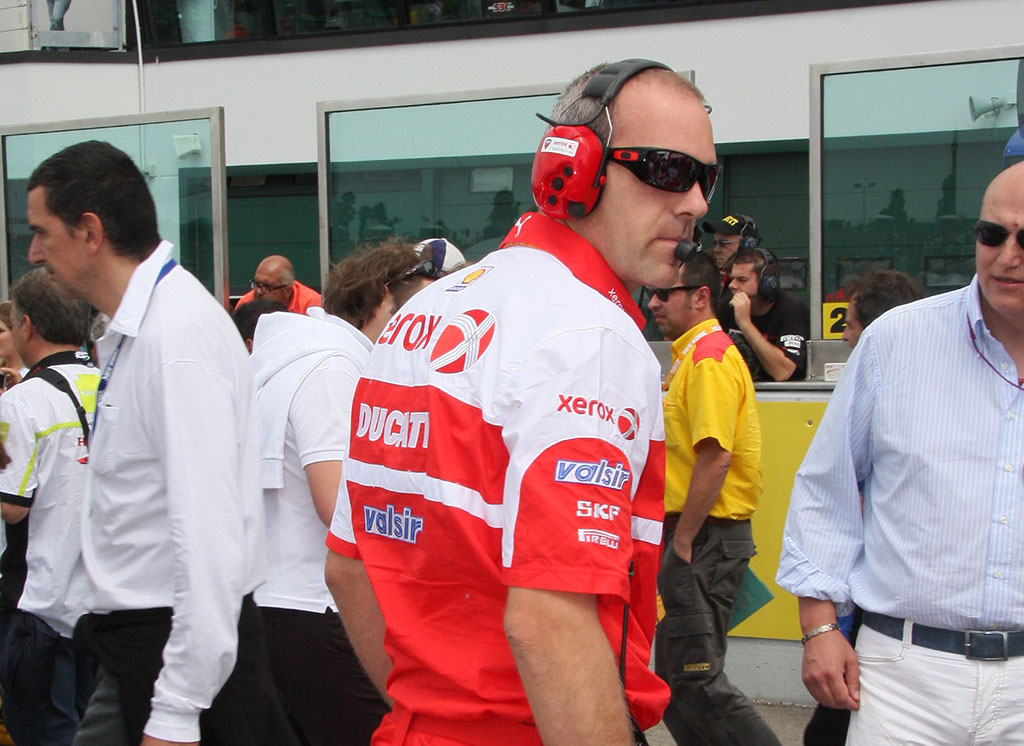
Under ernesto’s technical direction Ducati won its last Superbike World Championship riders in 2011, with The Spaniard Carlos Checa. A friend, could the rider Ducati rider in MotoGP and Superbike miss? No, and in fact here it is: “The aesthetics of the GP21 seem to me to have improved, much more aggressive as a design and also as colors, a perhaps more “wild” design… I do not know the news or the small changes, but in Ducati they are always very far ahead and they have always been the ones who have come up with solutions that then have trended.
Thanks to this, the aerodynamic aspect in recent years has had a very important development. Then we will see in the first race or in the first tests whether all these innovations can be effective. I hope so!” Then he goes on to answer the second question: “At the level of road motion I do not believe if all this can be applicable, because it is functional to the absolute performance to be sought on the circuit.
But there is no doubt that fans may like to have a bike similar to the one they see running and therefore we can perhaps see something on the roads in the future. Not before, however, that everything has gone from the bikes that run in the World and National Superbike Championships, which today perform higher than MotoGP a few years ago.”
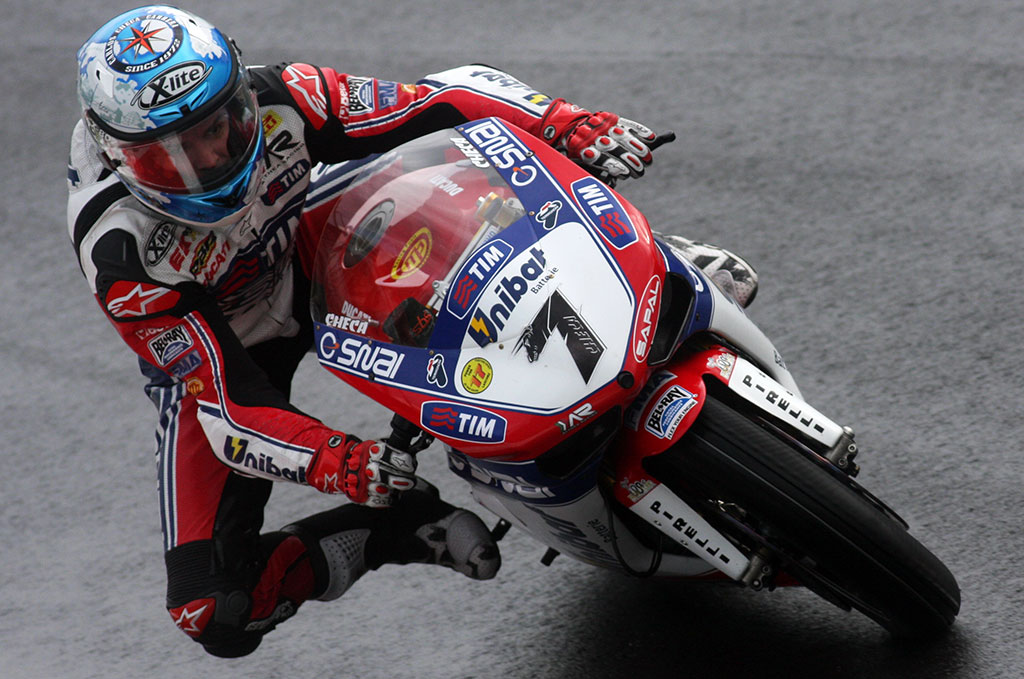
We had Ernesto Marinelli, Carlos Checa and we could not but close the circle with the Team Principal of the victorious team of 2011: Genesio Bevilacqua. Great enthusiast, owner of the Althea team, the rider last ever to allow a rider to win a title riding a rider gentleman rider and owner of the Moto dei Miti collection, for Genesio a stone intervention: “I think ducati’s aesthetic is always beautiful, but there’s no need for such extreme road bikes.”
We left
Giancarlo Falappa,
the Lion of Jesi, the task of closing and his is a lash: “Racing bikes must be winning, period! And if he wins, he likes it!”
Photo Micro and Mega and Ducati.
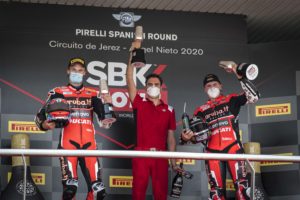
A Jerez de la Frontera, seconda tappa del campionato SBK, si ri-accende lo spettacolo con Ducati protagonista. Doppietta di Redding e secondo posto in gara 2 per Davies.
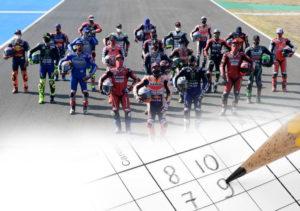
Le pagelle del campionato MotoGp 2020, i voti ai piloti che hanno partecipato a questo pazzo, pazzo mondiale.
Cuoredesmo è il magazine online per gli appassionati del mondo Ducati. Nasce in collaborazione con Mondo Ducati, storica rivista dedicata alla Casa di Borgo Panigale.
